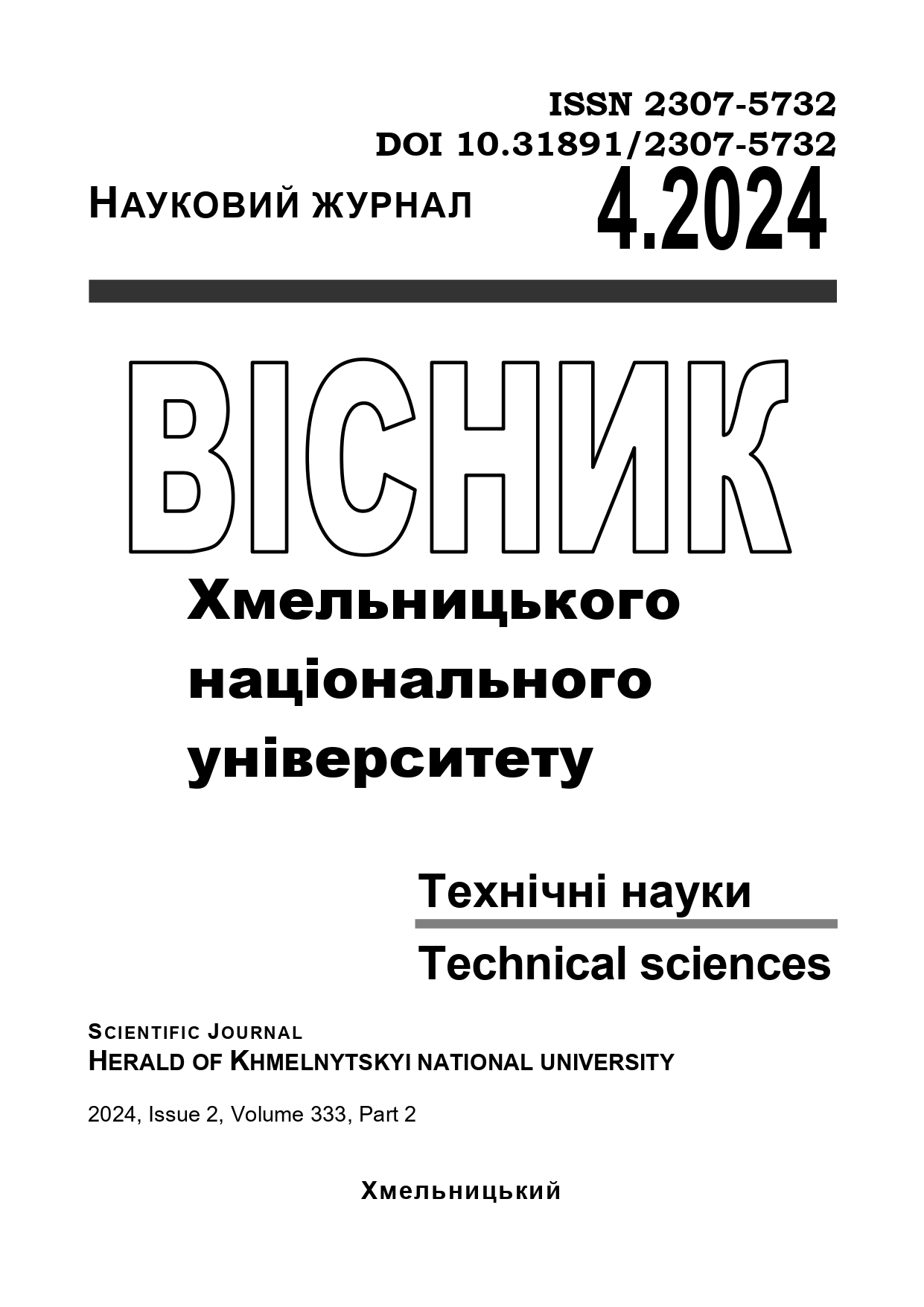HUMAN SKIN WOUND IMAGE SEGMENTATION USING CONVOLUTIONAL NEURAL NETWORKS
DOI:
https://doi.org/10.31891/2307-5732-2024-339-4-56Keywords:
image analysis, deep learning, convolutional neural networks, semantic segmentation, wound segmentation, medical image analysis, U-Net, DeeplabV3, LRASPP, PyTorchAbstract
This study aims to enhance human skin wound segmentation accuracy and efficiency using convolutional neural networks (CNNs). Accurate wound segmentation is crucial for effective treatment and monitoring in medical applications. We evaluated and compared modern CNN architectures, focusing on U-Net, DeeplabV3, and LRASPP across different setups, to identify models suitable for mobile deployment with efficient computation and minimal resource use.
Our experiments utilized the Foot Ulcer Segmentation Challenge dataset across various setups, including pre-trained and non-pre-trained models, with and without data standardization. We used PyTorch library for structured experiment management and conducted training and validation on Google Colaboratory PRO.
Results showed that U-Net consistently achieved high Dice scores, particularly in pre-trained models with dataset standardization, with the highest score of 0.875. LRASPP also performed well, especially in pre-trained setups, with slightly lower Dice scores than U-Net. DeeplabV3 lagged behind the other models in segmentation accuracy. Notably, pre-trained models standardized based on the new dataset's mean and standard deviation outperformed those standardized with the pre-training dataset's statistics.
Training and validation loss curves revealed potential overfitting in U-Net and DeeplabV3 models, highlighted by fluctuations in validation loss. We propose integrating regularization techniques and data augmentation strategies to address this and improve generalization. Additionally, tuning hyperparameters and incorporating BatchNormalization layers to the U-Net could mitigate overfitting issues.
Our findings indicate that U-Net is a robust choice for wound segmentation tasks, especially when pre-trained and standardized appropriately. For mobile applications, LRASPP shows strong potential. Future work should refine these models for mobile deployment, ensuring reliable and effective outcomes in medical applications.

